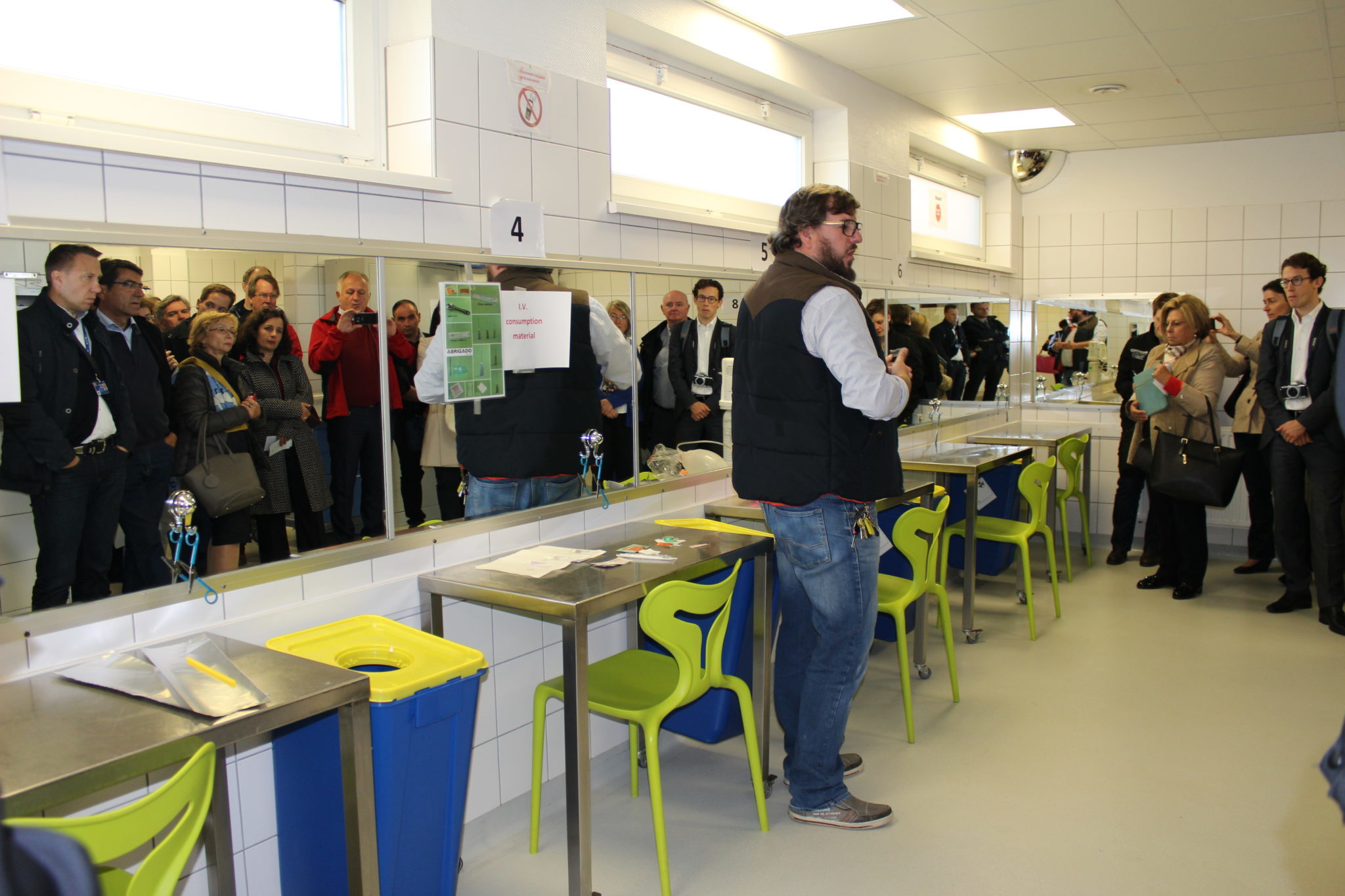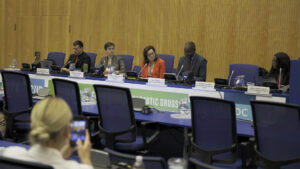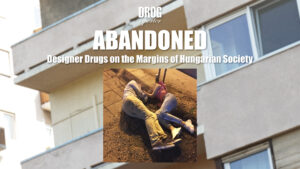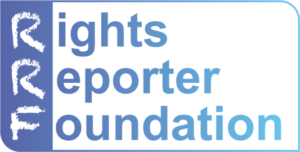Inside Luxembourg's drug consumption room – read the story of our guest author about drug policies in one of the smallest but most interesting countries of Europe.
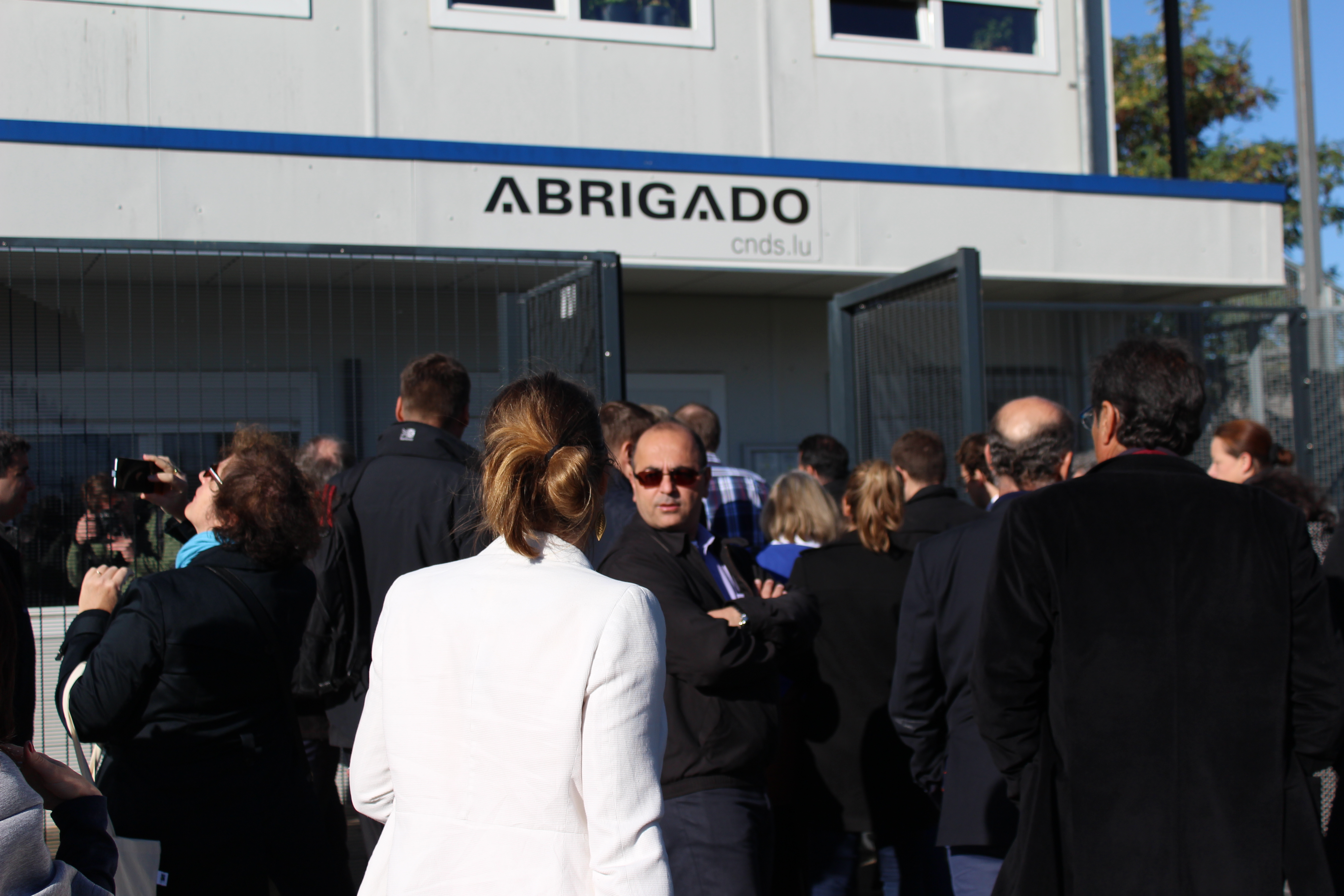 The two-storey container complex next to the motorway entrance at Rue de Thionville looks shabby and sad. Neighbours in the lively neighborhood of Bonnevoie protested fervently against having the infrastructure near their homes, but plans to relocate the “Abrigado” away from the heart of the city of Luxembourg have failed. Meanwhile, foreign experts who visit the centre with Alain Origer, Luxembourg’s drug coordinator, leave full of admiration. (1)
The two-storey container complex next to the motorway entrance at Rue de Thionville looks shabby and sad. Neighbours in the lively neighborhood of Bonnevoie protested fervently against having the infrastructure near their homes, but plans to relocate the “Abrigado” away from the heart of the city of Luxembourg have failed. Meanwhile, foreign experts who visit the centre with Alain Origer, Luxembourg’s drug coordinator, leave full of admiration. (1)
Abrigado is not just a shelter with over forty beds and a cafeteria for homeless people, where they can sleep and speak to social workers, but also a place where drug addicts like Maurice (27, Luxembourg) can take their fix in a clean and medically supervised environment. “I inject here, because if something goes wrong, there are professionals around who can help in an emergency,” says Maurice, standing at the big gate at the entrance of the complex.
Around 200 users, like Maurice, come in every day to shoot, smoke, or sniff their drugs at one of the eight tables. Here, Maurice gets sterile needles and a place to consume his drugs off the streets. Abrigado is the only drug consumption centre for the estimated 4,500 men and women in Luxembourg with problematic drug use. Another shelter is planned in Esch, in the southern region of the country, but push-backs/regulatory problems have delayed its opening.
When Abrigado opened its doors in July 2005 under the name “Tox-in”, the container structure was supposed to be a temporary set-up. But it quickly became the hot spot for safer drug injection, and has now become a victim of its own success: the numbers of drug addicts experiencing an overdose has gone down significantly from 27 in 2007, to 11 in 2013. A total of 2,000 clients have signed the facility’s mandatory user contract, and the trained staff supervise more than 40,000 injections each year. In 2012, a mobile unit was established, to provide primary medical care for clients. Since its opening, the Abrigado staff have registered 1,800 overdoses inside their facility, none of them fatal. Apart from the provision of needles and syringes, individuals can get tested for blood-borne infectious diseases, receive vaccinations, and get counselling on safe use practices. “I test myself regularly, because you never know,” insists Maurice.
“We offer anonymous and rapid screening tests for HIV and Hepatitis C,” explains Natacha da Silva, who works part-time for the AIDS counselling service at the Red Cross, and for Abrigado. Once a week, DIMPS, a mobile testing unit with a psychologist and two nurses, stops its white van in front of the drug consumption shelter and offers free testing. DIMPS also stops at other at-risk places in the community, such as the central station, parking lots known for cruising, the red light district, and the prison.
The remarkable success of the Luxembourg harm reduction program, which includes Abrigado, but also NGOs such as Jugend- an Drogenhellef, CePT, Aidsberodung, has attracted visits from experts from all over Europe. France is now considering setting up the first of its own drug consumption centres, in Bordeaux and Paris.
Abrigado’s harm reduction program for drug addicts is not the only area of progressive drug policy in Luxembourg. Next year, the government hopes to launch a long-awaited heroin-assisted treatment program. 15 long-time addicts, who were excluded, for health or other reasons, from the national methadone substitution program, will be put on treatment of pure synthetic diamorphine. “Luxembourg will then be the fifth European member state with such a program. All projects so far have led to a better quality of life and better health for the participants in those programs,” stresses Alain Origer. This treatment has grown out of inspiring experiences at the Zurich Drogenhilfe in Switzerland. Indeed, a Swiss company will provide Luxembourg with diamorphine for use at the centre. “Under tightened security measures, everything will be supervised and controlled by experienced medical staff,“ reassures Origer. The project will cost an estimated 20,000 euro per participant, and is scheduled to run for two years, with the possibility of extension, if everything goes smoothly.
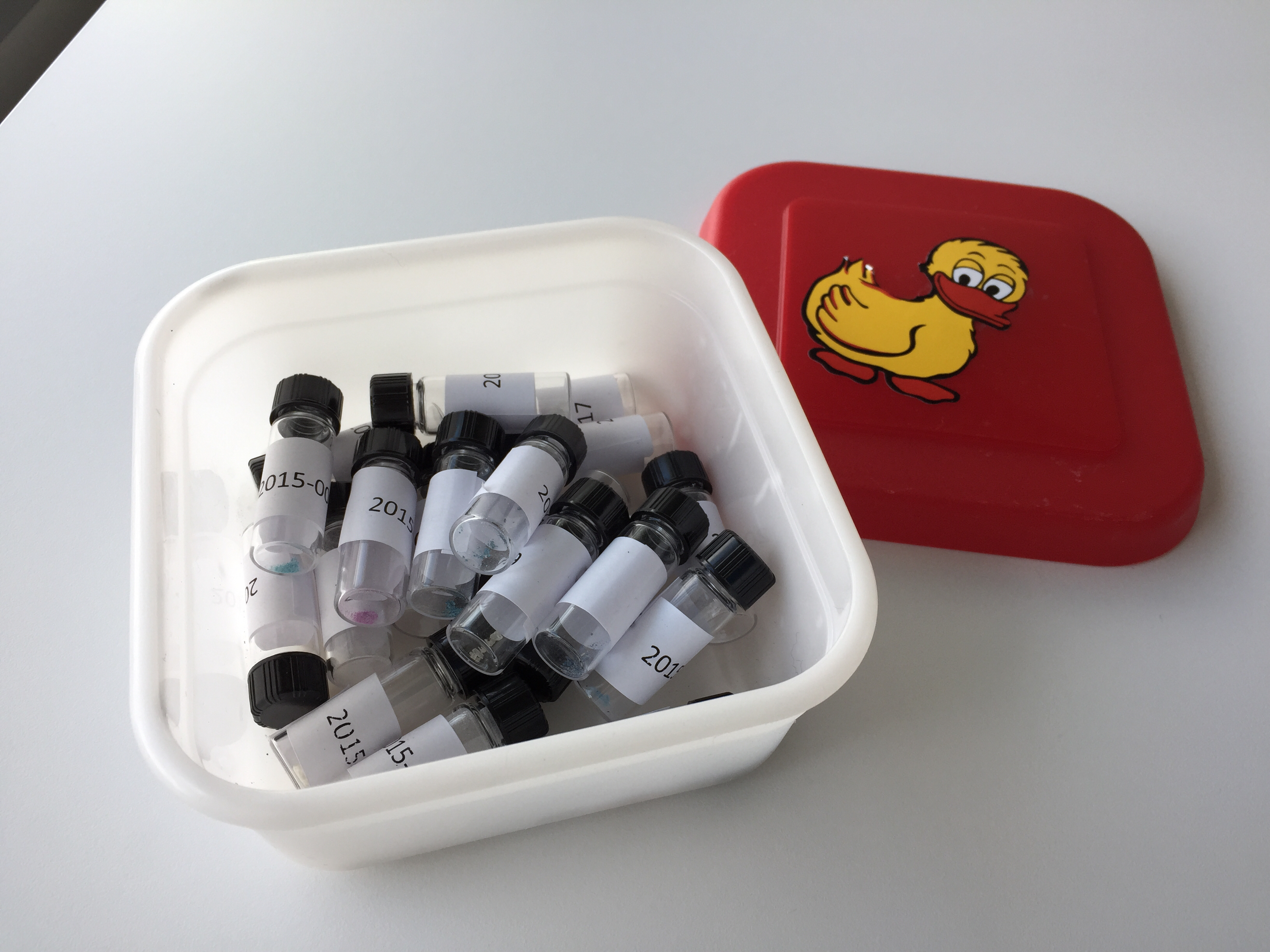 Alain Origer, a psychologist, intended to begin the project much earlier, but due to political obstacles and administrative problems, it has taken more than eight years to get all the paperwork in place. The project only recently got full clearance. Remarkably, heroin-assisted treatment wasn’t an idea coming from progressive doctors, but from a government representative. Unlike other EU countries, where the typical pattern is for NGOs to push for advances in harm reduction and prevention, drug prevention NGOs in Luxembourg were lukewarm towards the project. In such a small country, the effectiveness of harm reduction and the momentum of progress tend to rely on a handful of dedicated people.
Alain Origer, a psychologist, intended to begin the project much earlier, but due to political obstacles and administrative problems, it has taken more than eight years to get all the paperwork in place. The project only recently got full clearance. Remarkably, heroin-assisted treatment wasn’t an idea coming from progressive doctors, but from a government representative. Unlike other EU countries, where the typical pattern is for NGOs to push for advances in harm reduction and prevention, drug prevention NGOs in Luxembourg were lukewarm towards the project. In such a small country, the effectiveness of harm reduction and the momentum of progress tend to rely on a handful of dedicated people.
This small community of ideas underlies a long period of political focus on problematic drug use, rather than on drugs and drug abuse prevention. Drug-related offences are the most common reason people end up in prison, where drug use is rampant. A third of Luxembourg’s prison population has been convicted of drug offences. Police can impose fines (between 251 and 2500 euro), for possession of up to 5 grams of cannabis (the drug most often involved in registered first offences). If it happens repeatedly, it could mean prison time. But whether incarcerated for drug-related offenses or not, detainees risk becoming addicts inside the prison walls: the prevention program in prison hasn’t proven to be very effective, thus far.
Although the consumption of cannabis was decriminalised in 2001, the police still take quite a strict stance against cannabis consumption. Officers have made headlines by patrolling with drug dogs, trying to sniff out drugs in the streets around the central station. Youth organisations, in particular, have pushed to legalise cannabis on several occasions. Many Luxembourgers travel across the border and buy cannabis from Amsterdam. But until now, the government has been sceptical about legalisation. Some officials express arguments such as the health risks of increasingly high THC levels, but some from within the more conservative parties still feed off myths of cannabis as a gateway drug to heroin or cocaine.
The current government is a coalition of the liberal, socialist and green parties, and has announced its intention to review national drug policy. Critics aren’t getting their hopes up: the green Minister of Justice, Felix Braz, has yet to come up with a proposition suggesting a move towards further liberalisation. The new five-year action plan recently presented by the socialist Minister of Health, Lydia Mutsch, only shows that the government seems keen to continue with their former policy, rather than making room for innovation.
Meanwhile, attitudes within harm reduction are shifting to focus on recreational drugs in general. “It is probably unrealistic to think that we can prevent some of our young people, and even those who are not so young, from experimenting with psychoactive substances and from using or abusing them,” admits Alain Origer. “What we can do, however, is to take action, where possible, at all levels and at every point in this dynamic relationship between human beings and the mind-altering substances that are used to find individual happiness, and deal with the addictive behaviour which may ensue”.
 Social workers and volunteers from the Centre de Toxicomanies (CePT) go to local discotheques and festivals in Luxembourg and the Greater Region (Belgium, France and Germany) to raise awareness about the risks of drug consumption and provide help to young party-goers. The CePT offers a new anonymous pill-testing service for festival-goers, free of charge. Unfortunately, this technically sophisticated testing takes a whole day, after which, clients may receive information about the biochemical composition of their drug via the internet platform www.partymagnet.lu. But there are plans to offer better hours of operation.
Social workers and volunteers from the Centre de Toxicomanies (CePT) go to local discotheques and festivals in Luxembourg and the Greater Region (Belgium, France and Germany) to raise awareness about the risks of drug consumption and provide help to young party-goers. The CePT offers a new anonymous pill-testing service for festival-goers, free of charge. Unfortunately, this technically sophisticated testing takes a whole day, after which, clients may receive information about the biochemical composition of their drug via the internet platform www.partymagnet.lu. But there are plans to offer better hours of operation.
Despite these rather progressive projects, Luxembourg has an ambivalent attitude towards drugs. Alcohol, the drug with the highest risk profile for disease and health complications, has been spared from any specific large-scale harm reduction policy. An overdue action plan to fight alcohol abuse, currently prescribed by the EU, is still pending. Luxembourg, with its rich viniculture, has one of the highest rates of alcohol consumption in the whole EU.
At the same time, this European founder-member was the first country to introduce a law banning all synthetic cannabinoids. As a result of this legal framework, Luxembourg gained much international appreciation (2). In particular, it caught the attention of more repressive countries, and the policy later served as the model for a similar policy in the USA. Luxembourg is also currently working on a EU directive aimed at banning all psychoactive substances (except alcohol). Currently holding the Presidency of the Council of the EU, and therefore chairing the Horizontal Drugs Group of the Council of the European Union which predefines the EU Drug Strategy, Luxembourg has used this position to draft an EU-wide alert system which allows for temporary bans on psychoactive substances. A first draft is currently being peer-viewed by other member states; details have not yet been disclosed. But the Luxembourg Ministry of Health proudly claimed in a press release that it has achieved a major breakthrough, despite variations in opinions and drug policy among EU member states. Researchers such as the British pharmacologist David Nutt from Imperial College London in the UK are fearful that the new legal framework, if implemented, may make research and development in the sphere of psychoactive drugs even more difficult than it is today.
1. The National Drug Coordinator, together with the interdepartmental task force “Toxicomanies” (members are the police, the Ministry of Justice, the Ministry of Health, the Centre de prevention des Toxicomanies, Jugend- an Drogenhellëf and other drug prevention services, the prison doctor and other medical staff who work in the field) coordinates and adjusts the implementation of the national action plan against drug abuse and addictions.
2.The 2009 law 2009 bans all synthetic cannabinoids by an analogue construction addressing the synthetic agonists of cannabinoid receptors, rather than listing every possible molecular composition.
| Luxembourg key figures |
|---|
|
Inhabitants: around 540,200
Problematic Drug Users: estimated 2,000 (registered by institutions are more than 5,000). Because Luxembourg is a small country sharing borders with Belgium, France and Germany, and immigration is strong, PDUs have many different nationalities.
Luxembourg’s anti-drug strategy is based on two pillars: reduction of the demand and supply And four transversal axes: 1. harm reduction, 2. research and information 3. international relations, 4. mechanisms for coordination.
The global budget of the ministry of Health allocated to drug prevention and treatment has increased from 2.6 million euros in 2000, to over 9.5 million euros in 2015. In addition, the number of employees who work in the field and are paid by the Ministry of Health has almost tripled. |
Ines Kurschat / Luxemburg
Photo credits:
The photos of the visit of Abrigado by 28 national drug coordinators end of September were all taken by the Ministry of Health.
The photos of the Duck project are all from CePT/Katia Duscherer
The Magnet Photos are also CePT/Katia Duscherer
